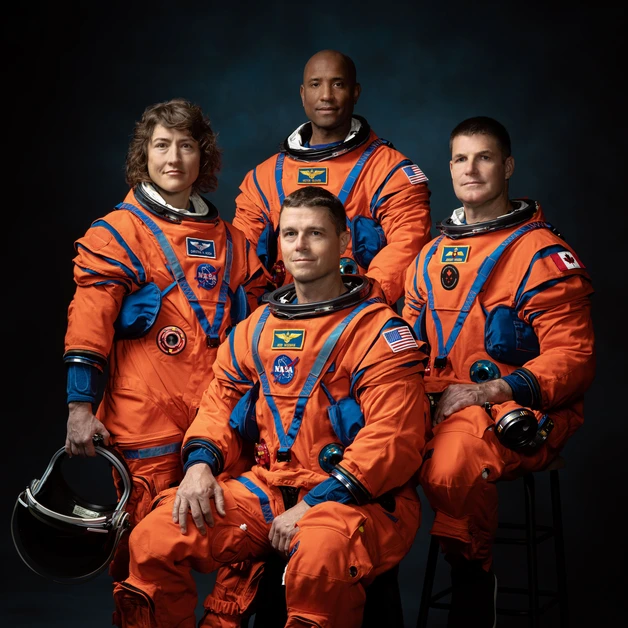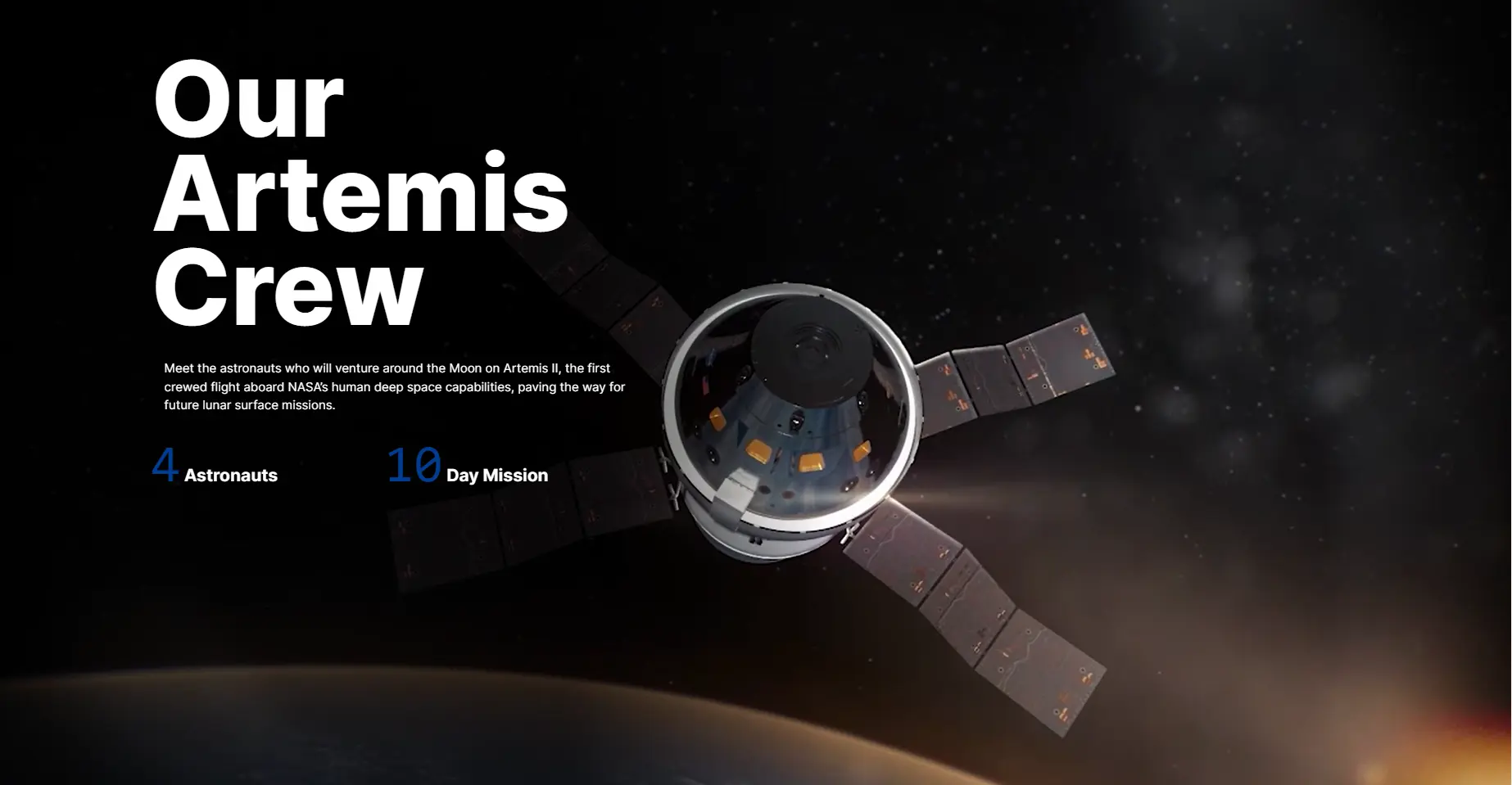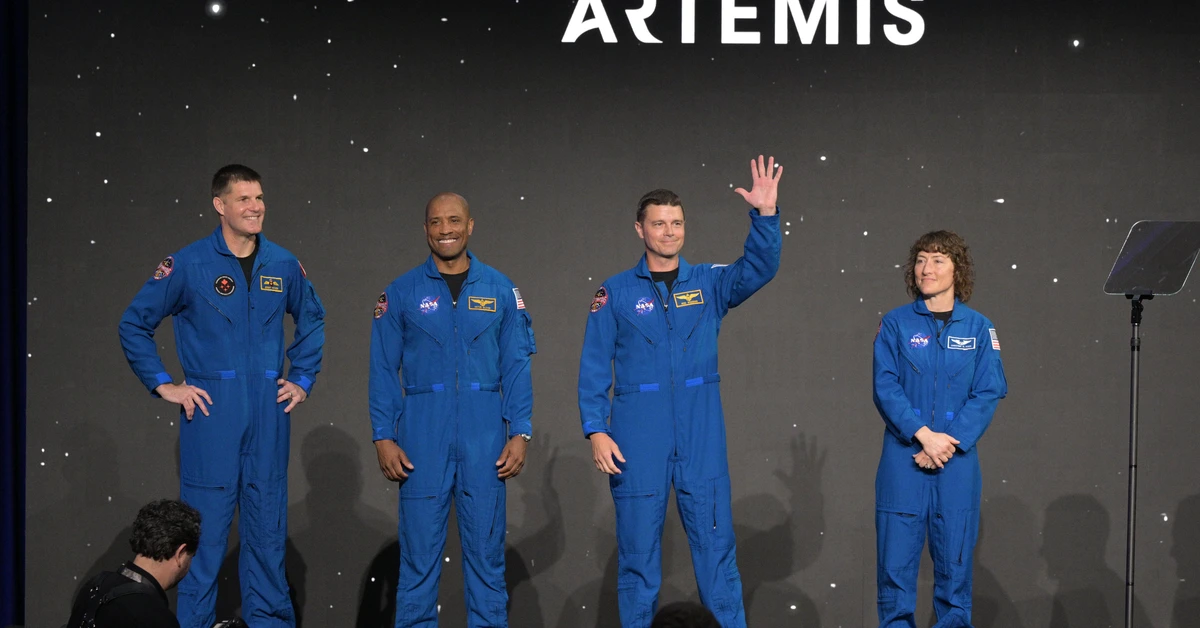NASA’s Artemis II mission is set to make history as it prepares to send astronauts back to the Moon for the first time since the Apollo 17 mission in 1972.
With plans to launch in late 2024 or 2025, the Artemis II crew is gearing up for an exhilarating journey filled with challenges, training, and scientific exploration.
As they undergo extensive preparations, including classroom sessions, simulator tests, and underwater training, the astronauts are getting ready to embark on a mission that will take them farther from Earth than ever before.

In preparation for the Artemis II mission, NASA is conducting rigorous training to ensure the crew is well-equipped to handle any situation that may arise during their journey to the Moon. From classroom lectures on lunar orbital mechanics to simulations with malfunctions and anomalies, the astronauts are learning to navigate the complexities of space travel.
Jacki Mahaffey, NASA’s leading training officer for the Artemis II mission, emphasizes the importance of hands-on training, stating,
“The more that we can get the crew in front of the displays in the vehicle mockups and really kind of immersed in that environment, the sooner, the better.”
Commander Reid Wiseman and his crewmates—pilot Victor Glover, mission specialist Christina Koch, and Canadian astronaut Jeremy Hansen—form the Artemis II crew.
After being named to the mission, the crew embarked on a public relations tour, visiting NASA centers, meeting with Canadian Prime Minister Justin Trudeau, and sharing their excitement about the upcoming mission.

The journey to the Moon is not a new endeavor for NASA, but it has been nearly half a century since astronauts last set foot on the lunar surface. Charlie Duke, an Apollo 16 moonwalker, paid a visit to the Artemis II crew to provide encouragement and share his experience.
“It’s behind schedule, but, man, they’re pressing on,” Duke said. “They’ve got a great adventure ahead of them. So I wish them well, with their vehicles and the training and all.”
The training for the Artemis II crew has covered the fundamentals, introducing them to the Orion spacecraft and the Space Launch System (SLS) rocket that will propel them into orbit.
The mission will begin with a launch from NASA’s Kennedy Space Center, followed by a critical checkout of the Orion capsule’s life support systems. Next, the spacecraft will head to the Moon on a “Hybrid free return trajectory,” using gravity to return to Earth without major course correction burns.
As the launch date approaches, the training will shift to more operational-focused sessions. The crew will learn how to operate the Orion spacecraft and practice the tasks they will need to accomplish while in space, such as critical engine burns, food preparation, and contingency responses. Emergency training will also be a significant part of their preparation.
Teamwork is essential for a successful mission, not only among the astronauts but also with the mission control team in Houston. The crew and the mission control team will participate in joint simulations to ensure seamless communication and coordination during the mission.
The Artemis II crew will be trained for unexpected scenarios, ensuring they can handle any challenges they might encounter. The astronauts’ training will occur both at NASA’s Johnson Space Center in Houston and at other locations like the Kennedy Space Center. A mock-up of the Orion spacecraft at the Neutral Buoyancy Laboratory will provide a platform for practicing sea exit procedures.
One of the most critical aspects of the mission is the lunar flyby, where the crew will have a chance to look at the far side of the Moon. The crew will be briefed on what scientific observations they can make during this momentous event.
Following Artemis II, NASA’s Artemis III mission is planned as the first attempt to land humans on the lunar surface. The four astronauts on Artemis III will launch on an SLS rocket and Orion spacecraft, rendezvous with a commercial landing vehicle, and conduct moonwalks near the Moon’s South Pole. NASA aims for this to be the first of many crew flights to the Moon, but challenges lie ahead.
Continuing to fund the Artemis launch vehicle and crew capsule could strain NASA’s budget for other lunar program elements. Despite these challenges, Duke expresses his support for the Artemis II crew and the mission’s goals.
The Artemis II mission promises to bring new perspectives, with the first woman, first person of color, and first international astronaut flying on a lunar mission.
As the Artemis II mission draws near, excitement and anticipation build for the historic journey to the Moon. The crew’s extensive training and preparations will ensure they are ready for the challenges and uncertainties of space travel.
Their mission not only marks a significant step in space exploration but also holds the promise of scientific discovery and human achievement. With the support of NASA’s dedicated teams and the lessons learned from past missions, the Artemis II crew sets out to make history and continue humanity’s journey into the unknown.
Credits arstechnica









